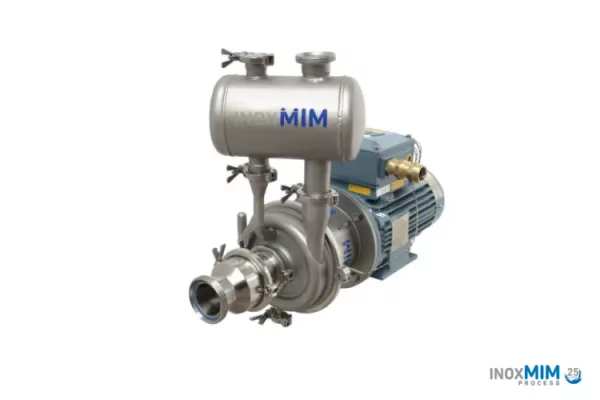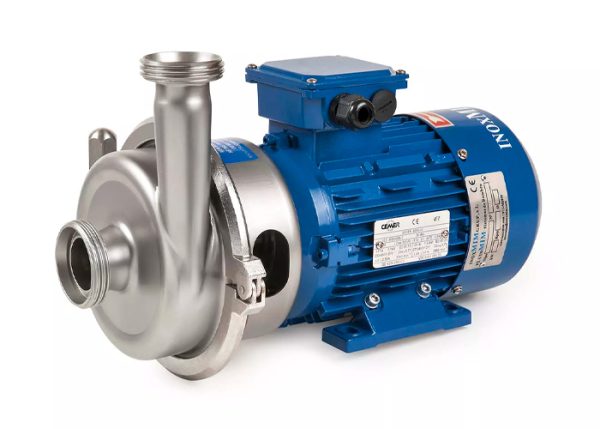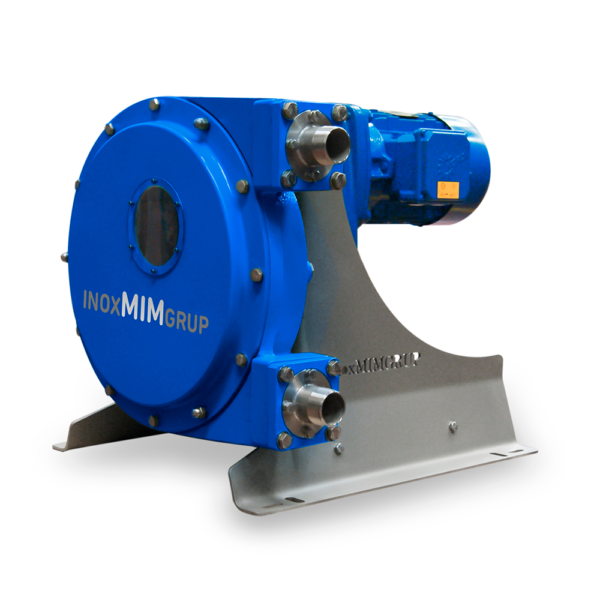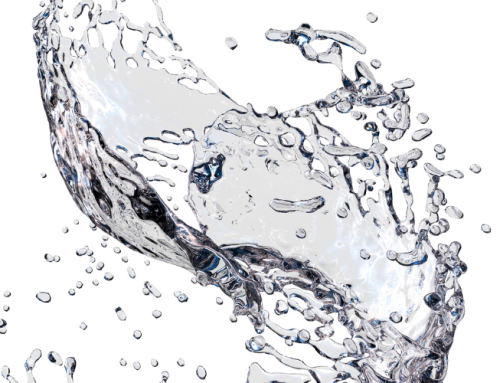The performance curve of a centrifugal pump gives you an idea of how this machine operates and what actual performance it achieves in its daily tasks. That’s why it’s important to know how to interpret how it operates and what each of the readings we periodically take indicates.
We always recommend paying attention to the performance curve of a centrifugal pump . It is a graph that represents the unique relationship between head and flow rate that the pump guarantees at a certain impeller rotational speed, and its reading varies depending on the task the pump is performing.

Why should you take into account the performance curve of your centrifugal pump?

Currently, the market allows customers to acquire a pump model that enables us as manufacturers to select the characteristic curve of a centrifugal pump based on the operating point at which this element will be placed.
It is essential to be clear that there are two types of pump curves, those of centrifugal pumps and the curves of positive displacement pumps.
Thus, centrifugal pumps account for 70% of pumping applications. To read it correctly, the user should be aware that their curves typically have a crescent shape. In other words, the highest point on the left indicates the maximum working pressure but the lowest flow rate, while the right end of the graph represents the highest flow rate the pump can provide but the minimum pressure.
Another aspect to consider is the operating point, which is typically established with the indicated efficiency in percentage.
The importance of reading the performance curve of a centrifugal pump
The performance curve of the centrifugal pump displays various operating points that this component can achieve. You should bear in mind that not understanding this can lead to many installation problems.
It is essential to know that if a pump’s operating point is too far to the left on its curve, its capacity cannot be increased if a pressure calculation error is detected.
On the other hand, if it is too far to the right, there is a risk of cavitation, which in practice could damage the pump casing and lead to liquid boiling.
For added peace of mind, one should make a selection that allows for a 10% safety margin to the left of the operating point, ensuring that the pump can operate under various conditions, as performance can be reduced but never increased.
There are a number of basic parameters that must be taken into account for a correct reading of the performance curve of a centrifugal or positive Displacement Pump:
Other references from the performance curve:

For industrial engineers, the performance curve is not just a graph; it is a fundamental tool to ensure the efficiency, safety, and durability of centrifugal pumps. Its proper interpretation is vital to avoid unplanned shutdowns, equipment damage, and additional costs. It is an investment in knowledge that provides tangible returns in the field of engineering
Our catalog of industrial pumps:
The value of the motor revolutions of your centrifugal pump
The revolutions of the motors in centrifugal pumps vary depending on the motor’s poles. The more poles, the slower it will run.
Increasing them allows the pumps to generate more flow at lower pressures, thereby reducing the required NPSH.
This also serves to use a smaller motor and experience less wear. On the other hand, if the goal is higher pressure, pumps with lower flow rates will operate at higher RPMs in order to achieve the required pressures.
If you want personalized advice and have all your questions answered, you just need to get in touch with our sales department. You can do so by taking a few seconds to complete the following form or by writing to the email address [email protected] or by calling us at972 58 20 40. We will be happy to assist you!










